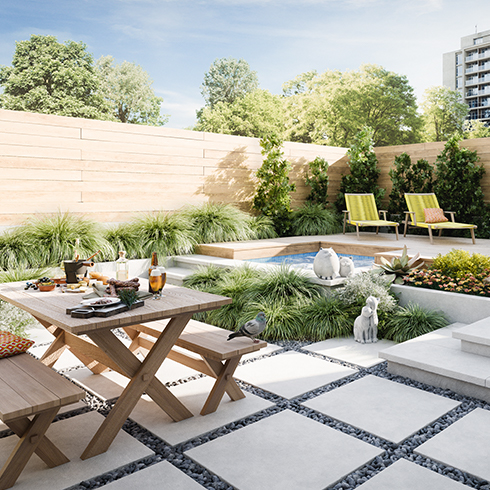Renovate or not?
First, check out comparable homes in your area. Would your home suffer by comparison if you put it up for sale? How many bathrooms and bedrooms do they have on average? Do most have gourmet kitchens and finished basements? If you decide you want — or need — to keep up with the Joneses, then do a little research to see how likely it is that you’ll be able to recoup the cost of your proposed renovation when you sell your home. (The slideshow below can help.) How much would it matter to you if you couldn’t eventually recoup those costs?
Don’t price yourself out of the market.
As you think about your proposed renovations, also keep in mind that you could make your home more difficult to sell by adding too much to its value.
Putting in that gourmet kitchen might make your house the most expensive on your block if you try to recoup the cost when you sell. Plus, renovations don’t always make up for their cost when you put your home on the market. According to the Remodeling 2024 Cost vs. Value Report (www.costvsvalue.com), for instance, you are likely to recapture only 49.5% of what you spend on a major kitchen remodel.2
Do stay open to the possibility of moving to a new home as an alternative.
If, after pricing out your renovation options, you find that the cost — and inconvenience — outweigh the gains, you might consider looking for a house that already has the amenities you want. In a seller's market, you may even be able to sell your home without doing any renovations.
Decided to go ahead? Now, how will you pay for the renovation?
With any renovation project, it’s easy to get caught up in the fun decisions — selecting your fixtures, appliances, colors and decor. But before you get too carried away, make sure your finances are in order.
Don’t start without a budget.
A ballpark figure isn’t quite enough — it’s important to establish exactly how much you’re willing to spend. There’s an all-too-common phenomenon known as scope creep, in which you add a little of this and a little of that, and before you know it, your budget is blown. Knowing — and sticking to — your number will help you determine early on what you can afford — and help prevent disappointment and financial stress later.
Do research financing options.
When you start to plan for home renovations, it’s important to consider how you’ll cover the expense. If you have cash that you’ve saved, you could consider using it to pay for the renovation. It could also be helpful to know how much equity you have in your home to decide if a home equity line of credit is right for you. If not, you’ll want to look into different types of borrowing options.
 Equal Housing Lender. Credit and collateral are subject to approval. Terms and conditions apply. This is not a commitment to lend. Programs, rates, terms and conditions are subject to change without notice.
Equal Housing Lender. Credit and collateral are subject to approval. Terms and conditions apply. This is not a commitment to lend. Programs, rates, terms and conditions are subject to change without notice.





